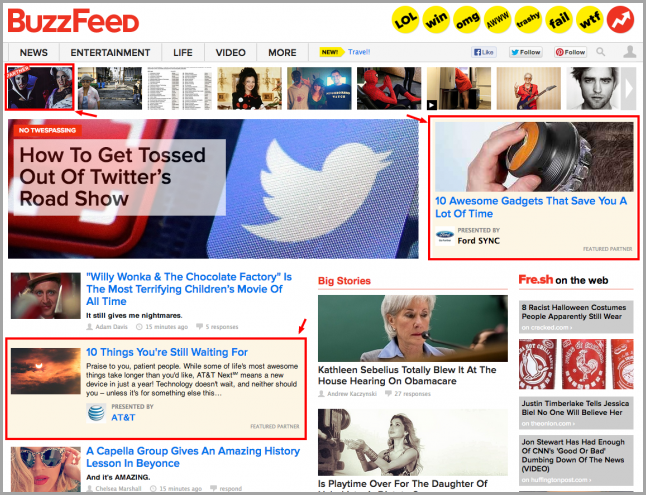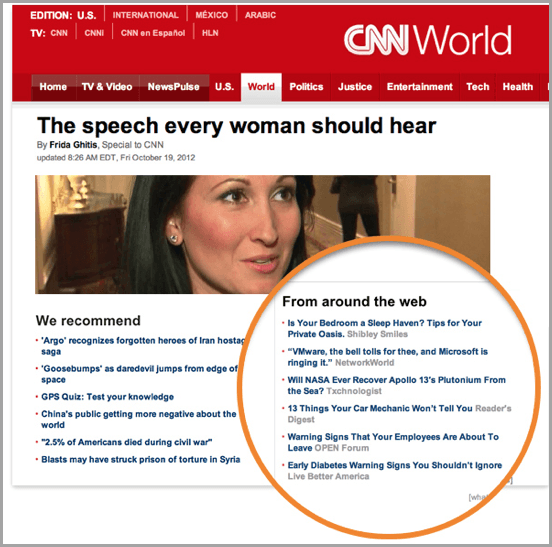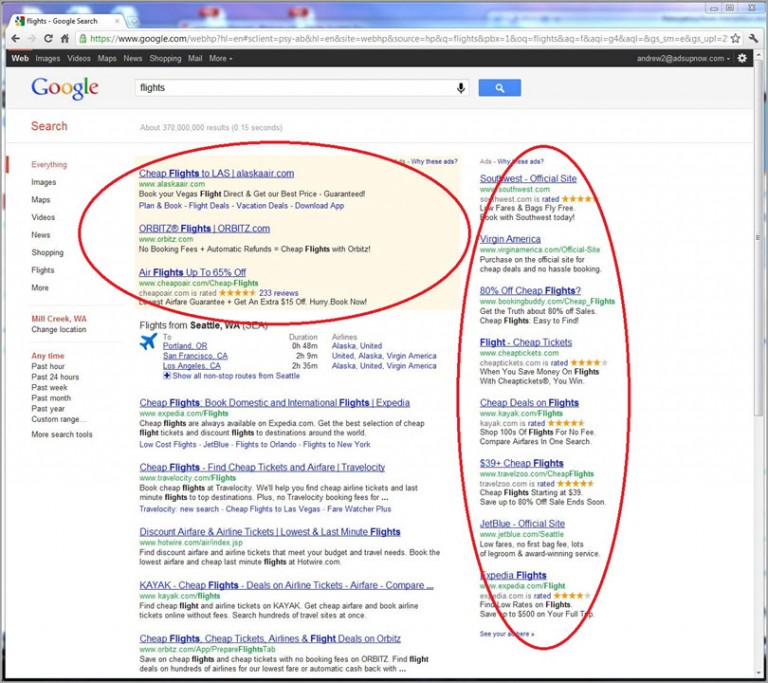
Native advertising isn’t really a new trend. Ads that ‘mask’ themselves by matching the surrounding content, date back to the beginning of the 20th century.
However, their true rise on the Internet has started only in 2015 when The New York Times and some other major publications started to experiment with sponsored posts.
Today, we can see native ads everywhere and their variety, as well as the number, is growing by the day. This niche has created numerous profitable opportunities for publishers, ad developers, and brands, but regular consumers don’t seem very taken with it.
In fact, surveys indicate that native ads are often perceived as scams. It’s true that quite a few of them are deceptive, which only exacerbates the public’s negative reaction.
If you want to use native advertising effectively and/or avoid being scammed by unscrupulous messages, you need to understand what this advertising is, how it develops, and how to recognize it.
Native advertising types and trends
The reason why native advertising is on the rise today is that it’s incredibly effective. The profitability of traditional banner ads is dropping rapidly. An average Internet user is exposed to almost 2,000 banners monthly, and people have grown so tired of them that our subconscious has developed a phenomenon called ‘banner blindness’.
This behavior can be both conscious and subconscious, and it manifests in the user ignoring banner ads completely. Consumers of today also use specialized ad blocker apps to exclude the distractions more effectively. The combination of these factors has resulted in an all-time-low click-though rates for banner ads of 0.11%.
Instead of pushy banners, consumers are currently looking for trustworthy opinions, and that’s exactly what gives native ads an edge. These types of promotion messages resemble the exact kind of content that users look for when shopping. This attracts click-throughs and can generate hundreds of sales for clever brands that spread their messages through reputed publishers.
The most common types of native ads used on the Internet today are:
In-feed ads
In-feed ads appear as a genuine part of the page’s content. They are best used for social media where they fit seamlessly into the newsfeed.

Recommendation widgets
These are programs that offer suggestions to Internet users when they are viewing certain pages. They can be fairly effective if they offer a good match to the topic of the page.

Search ads
These ads appear at the top of search engine results and look similar to the regular result links. Google and Bing are the most popular providers of these units.

In-ads
These…
COMMENTS